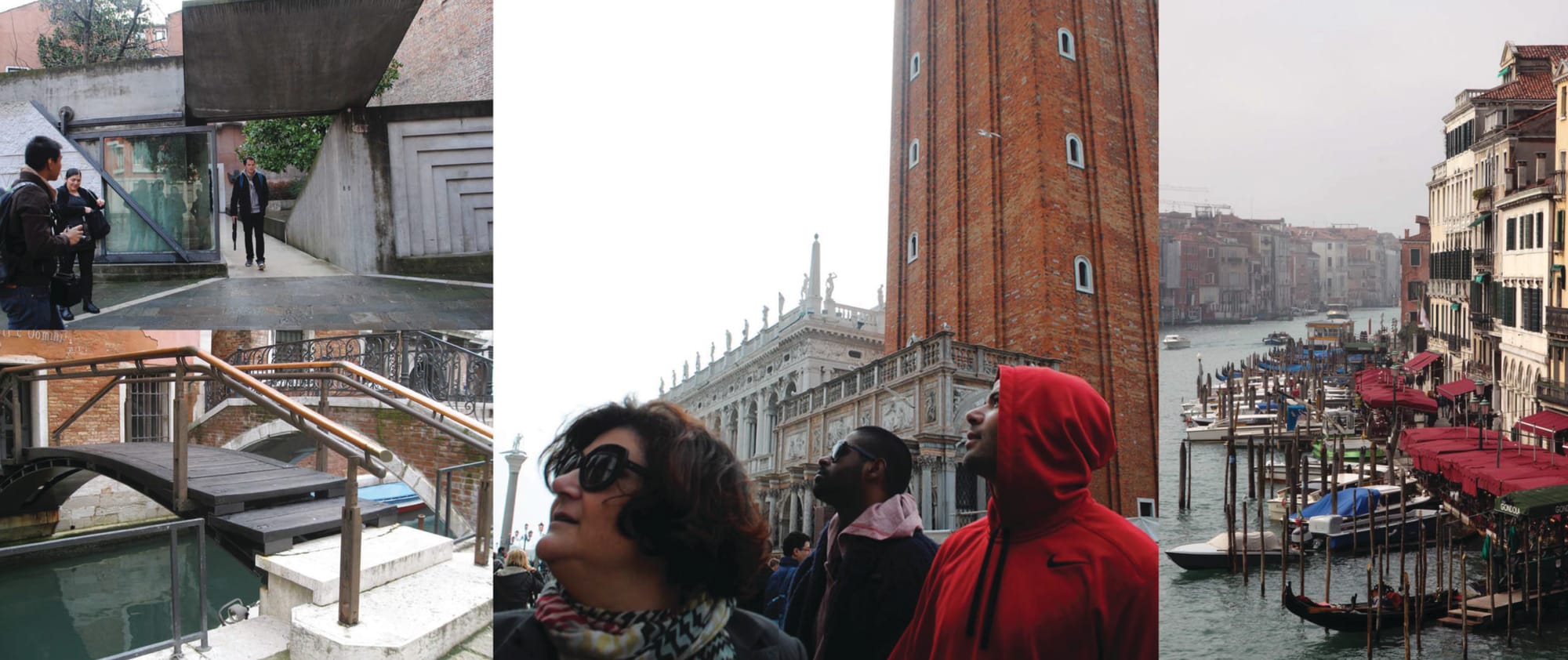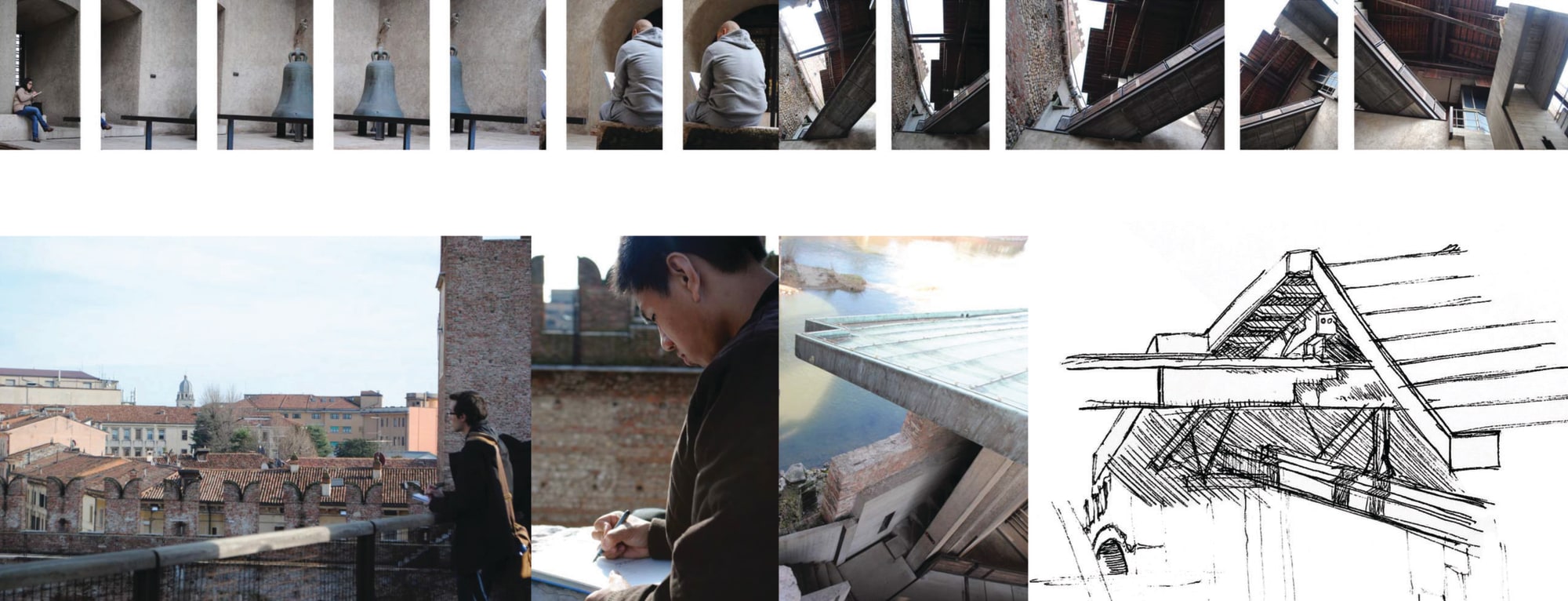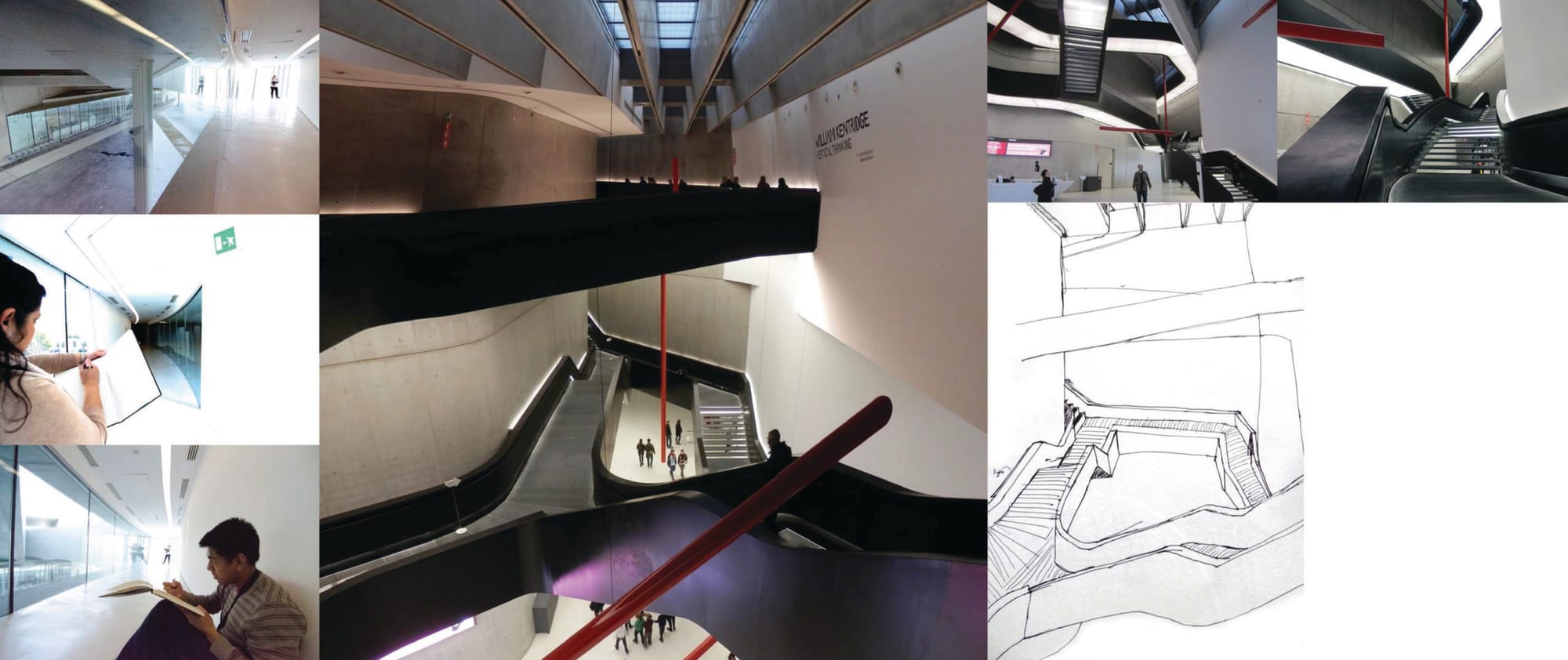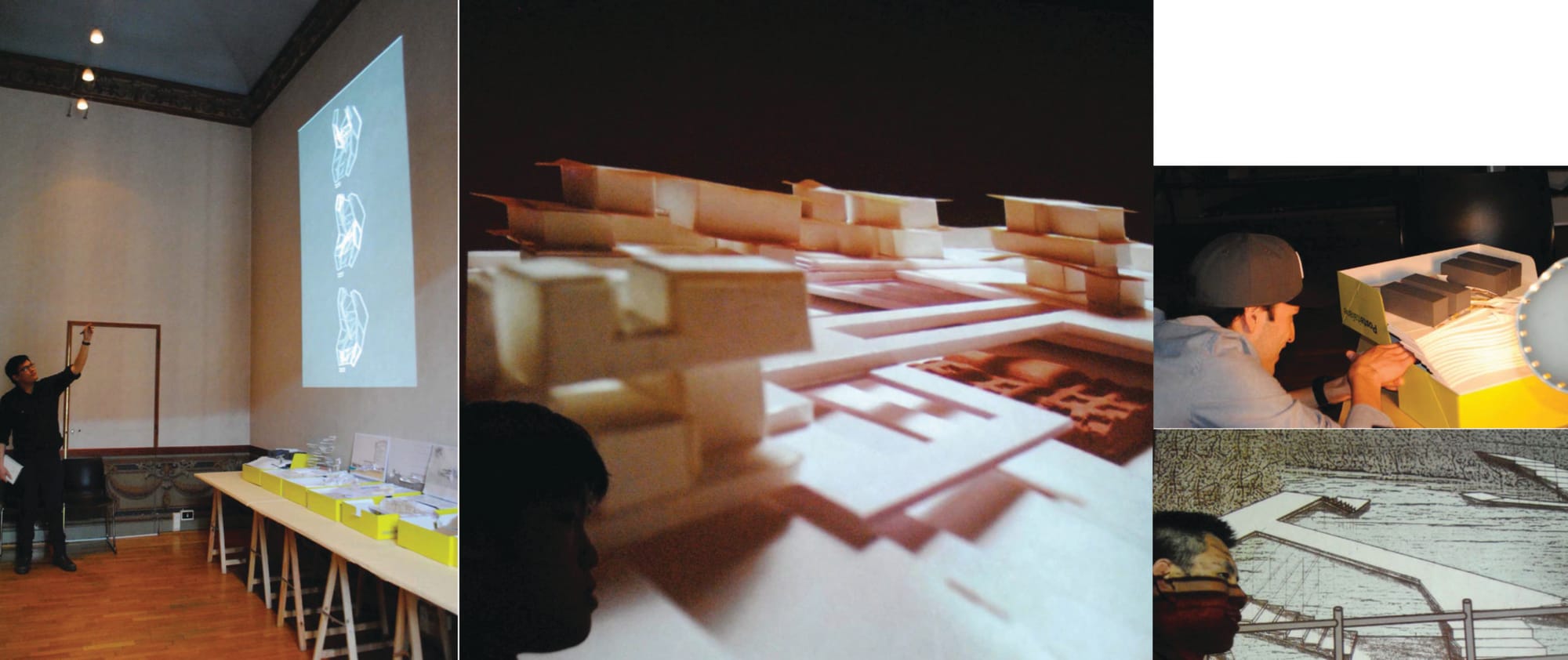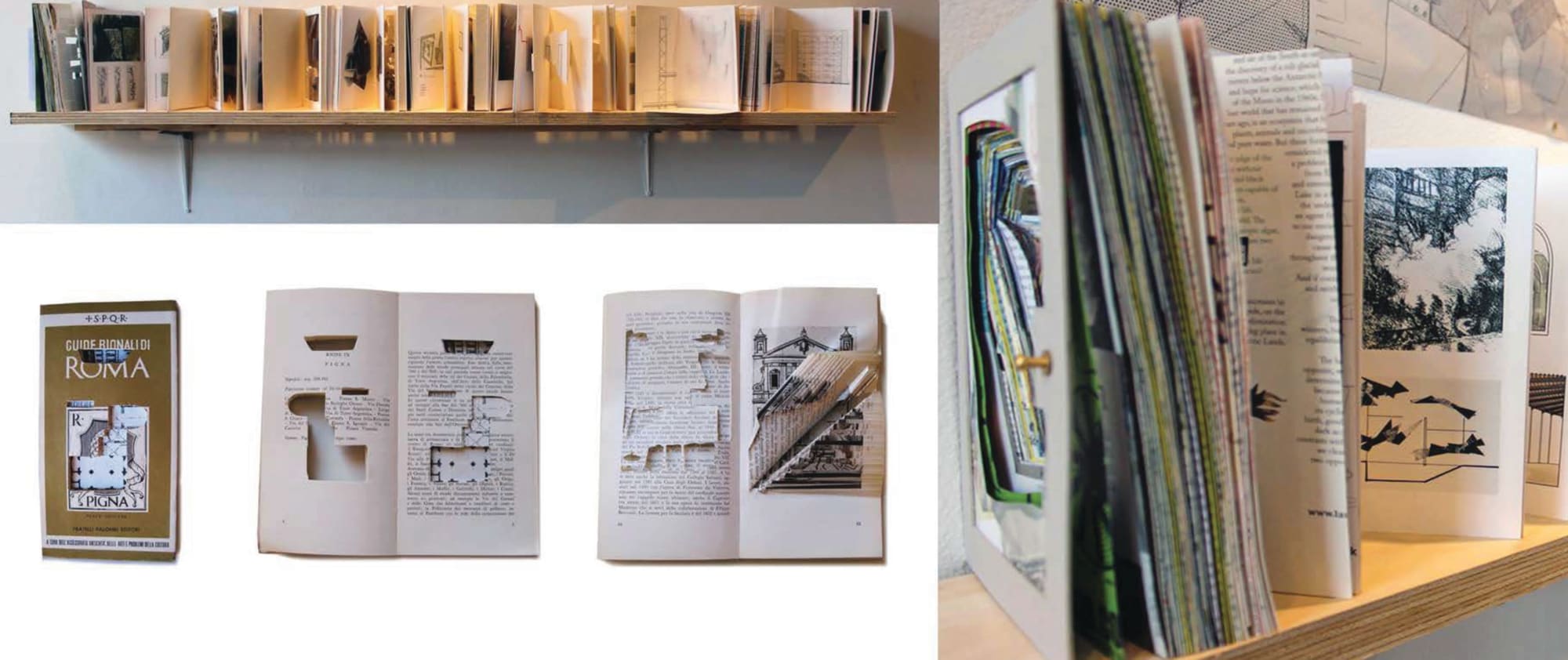Communicating Vessels

Rome is one of the oldest named cities, built over the course of 2,800 years, layer upon layer; this is a city that incarnates the very idea of urban palimpsest. Every political regime –from the Republic to the Roman Empire, from the barbarian invaders to the Popes, from the princes of the Renaissance to the controversial heroes of the Risorgimento, from the despots of the Fascist empire to the modern Republic—left an imprint on the city, impacting, at once, its urban configuration, architecture and culture. The result is an incredibly rich accumulation of political, social, and spatial systems that constitute the heritage of one of the most studied cities in the world. The use, selection, and representation of this heritage have formed a complexity of politics, projects, transformations, and manipulations, which are always at the core of any appropriation of Rome’s myth. The relevance and importance of this myth reaches far beyond local urban interests and is bound to the fate and meaning of today’s global civilization. With an average of 100,000 tourists visiting every day, Rome can be considered a pulsing urban magnet, were people from all over the world, adopting St Ambrose’s suggestion: si fueris Romae, Romano vivito more, make of Rome and its culture, their temporary home.
Conducted in collaboration with Dr. Paulette Singley, PhD and Thurman Grant, the spring 2013 studio aimed to shed light on these contemporary imagined geographies of Rome, addressing the following questions. Can history and tourism be reconciled through the design of space? While the transient dwellers of Rome formulate their uncensored and personal idea of the roman myth, where are the citizens of Rome left? Can they still perceive the city as a ‘master narrative,’ or, is the very notion of unitary city being challenged? What kinds of communities are created by the clash of local and global culture? What is the space that these communities inhabit or should inhabit?
Over the course of the semester, adopting a method of analysis that was a combination of rigorous research and personal investigation, students were required to consider themselves as part of more than a working team, and to become a community, sharing (with their peers and instructors) a common way of living and a very specific condition that separates them from regular travelers. We identified the site for the interaction of these communities as the tract of the river Tiber from the Ponte Palatino to the Ponte Industria. The river enjoys a central role in the history and myth of the city of Rome, since its foundation with the legend of Romulus and Remus. The river, an urban void lined by plane trees and scrub growth, currently provides lungs and green vistas within the crowded and sometimes polluted city. The recent master plan has renewed focus on the potential of the Tiber as an underutilized urban amenity.
The importance of the river, seen as a terrain vague and its potential for the development of our project was the subject of extensive class discussion. Through analysis, observation, and direct experience of its physical and social infrastructure, students were called to formulate an individual reading of the City of Rome as the cultural and spatial point of confluence and place of interaction of the discovered sub-communities. The project’s goal was the design of spaces where new and experimental ways of inhabitation and social interaction could be deployed, for a new community along the river Tiber tied into the fabric of the existing city of Rome.
